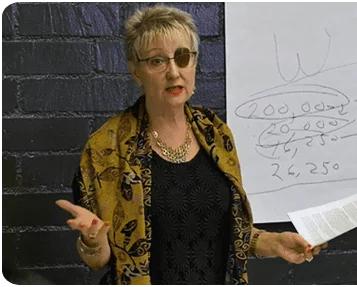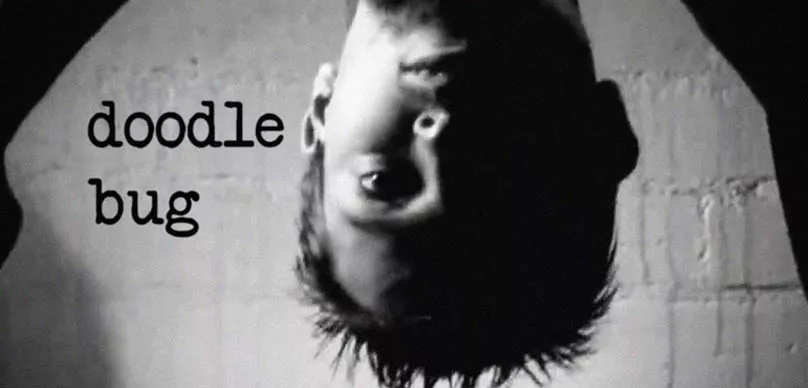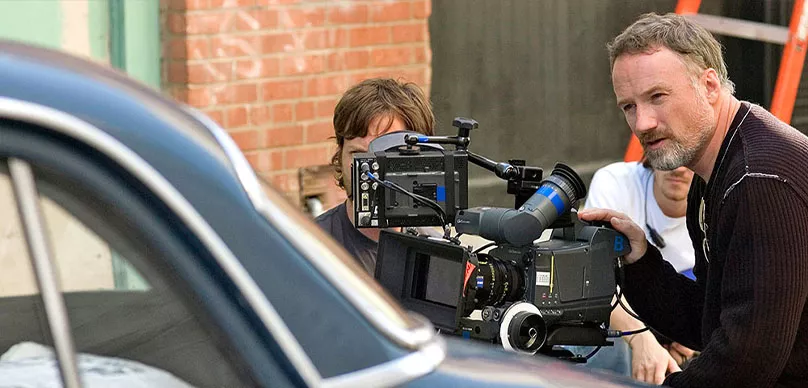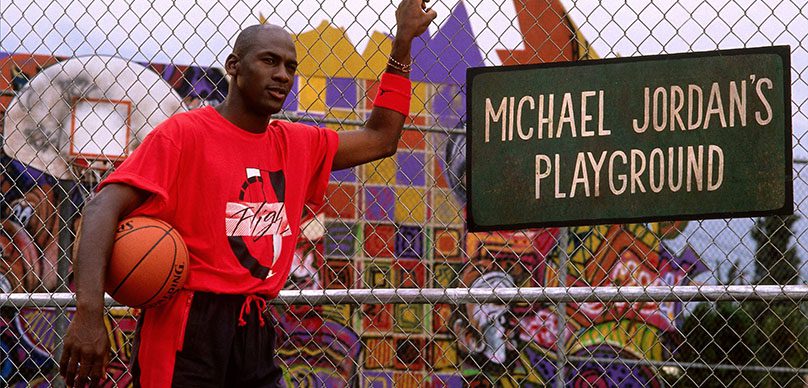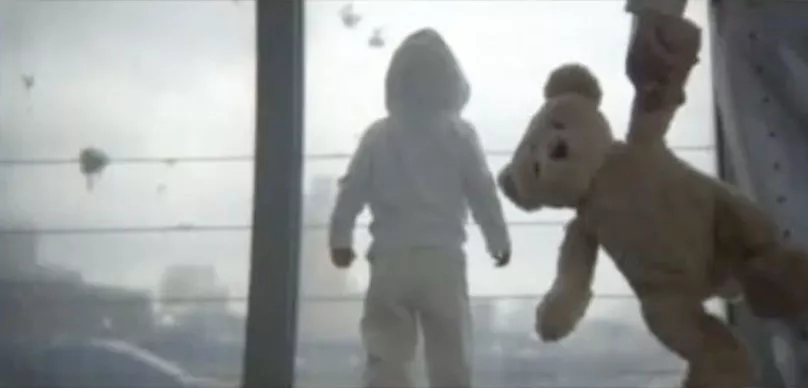Today on the show, we have Greg Gertmenian, who is the Head of Script Analytics and Film Development at Slated. He is also the co-inventor of the Script Score, the only screenplay evaluation tool proven to accurately predict good films. Helped arrange to finance of films like SUPER TROOPERS 2, DEEP MURDER, CRUISE, AT FIRST LIGHT, GOD BLESS THE BROKEN ROAD, BECOMING, and WHAT BREAKS THE ICE.
Prior to his time at Slated, he produced short format content, including the fan-beloved short film BALROG: BEHIND THE GLORY and the award-winning AFI Fest film THE HAIRCUT.
I wanted to bring Greg on the show to discuss Hollywood, screenwriters, and the COVID pandemic, and what we all can do to survive and thrive during these crazy and uncertain times.
Enjoy my conversation with Greg Gertmenian.


